As we get deeper into spring, we’re ensuring you have all the insights and support you need for your lawn to succeed.
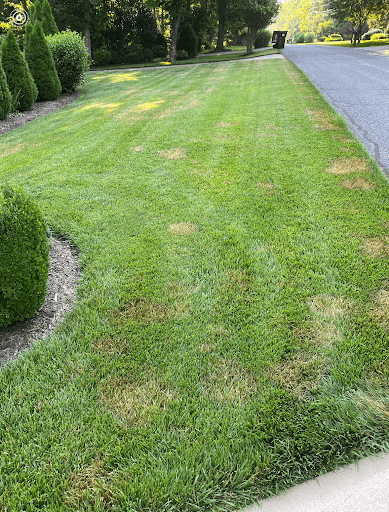
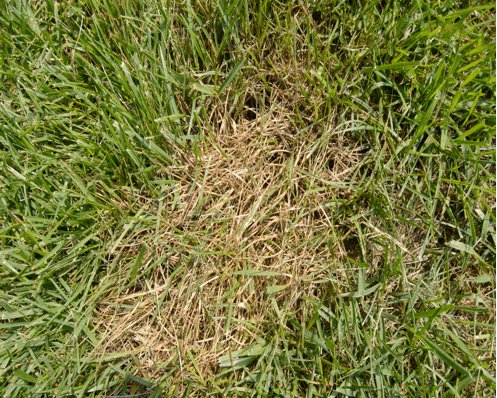
If you have healthy, tall cool-season grass, you will likely get brown patch fungus at some point during the spring. While it’s common, it can also be devastating. It typically starts late this month or in early May due to certain climate factors, including when temperatures go above 75 degrees with high atmospheric moisture. This moisture can be in the form of rainfall, irrigation or humidity.
The easiest way to identify it is to stand away from your lawn. Then, look for a shadow appearance on it or browning circles. Once you identify these, look at the leaf blades for tan or brown lesions. If you see these, you likely have brown patch fungus. Just a note that drought stress can be mistaken for it, too (drought stress makes the leaves fold at the center, giving leaf blades a straw appearance).
Applying fungicides preventively now offers better control and less turf damage vs. curative fungicides that stop already present diseases. Please let us know if you would like to discuss a fungicide program custom to your lawn.
All warm-season turfgrass varieties green up at different times. Typically, but not always, centipede will start to come in and out of dormancy first. Bermuda (especially common Bermuda) will start to green up next. Certain zoysia varieties follow.
There are several factors that effect the rate of spring green-up, including:
Don’t get alarmed if you see some areas greening up faster than others (you may even see your front and back yard greening up at different rates). Most of the time, green-up will start around sidewalks, driveways and roadways. This is due to heat transfer from these hard surfaces warming the soil faster. Striping green areas or sections that look like waves or tiger stripes are also normal (this happens on zoysia most often).


Winter/cold weather injury is always a concern with warm-season turf in North Carolina. It could have occurred whenever soil or air temperatures dropped below the tolerable warm-season turf threshold. Even out of winter, cold injury can be especially common in spring because of warm days that increase turf activity and then are followed by freezing nights. We had such an event in mid-March this year when temperatures dipped into the low to mid-20s. You’ll usually know if your warm-season lawn received winter damage by the end of May, as most warm-season turf generally won’t start growing until this time (when ground temperatures start being ideal for 24-hour plant growth and activity).
Generally, it won’t be until mid-to late May when all warm-season turf completely comes out of dormancy and actively grows in central and western North Carolina. This is due in part to cool nights and cold periods through April and, at times, very early May.
Of course, some lawns will look green or somewhat green before this time. Several new varieties of Bermuda and zoysia break dormancy earlier and stay active longer into the fall. Centipede may also try to break dormancy earlier than this and can get damaged by spring cold spells. However, in most cases, these turfs will not be actively growing yet.
If you have questions about your turf’s green-up process or start seeing signs of winter/cold injury, please let us know.
Two types of weeds are highly likely this time of year. Here’s what to know for their respective and effective control.

Poa annua (annual Bluegrass) usually stands out from late April to May. This is due to the large amount of tan-colored seed heads the plant produces during this time. However, above-average ground temperatures mean seed heads may have already started appearing.
As a wild annual grass, Poa annua can show up anywhere and acts very similarly to a weed. Its hardiness means it can grow in poor conditions where desirable turf will not, like areas that have poor/compacted soil, but you may even find it in the middle of your yard.
Common areas it shows up include:
Poa annua germination started in late August and went through the winter, and because of its maturity during pre-emergent Crabgrass applications in January, February and early spring, it’s not controlled by them. It will generally end its life cycle in late May and June, but as a prolific seeder, new plants can pop up next year.
We can control about 70-85% percent of Poa annua in warm-season turf and 70-75% in cool-season turf through split application treatments in November and December. As we’re already outside the window for these applications, the best control otherwise is giving Poa annua competition. Achieve this by maintaining a sound turf management program, reducing soil compaction on a regular basis, increasing sun exposure for desired turf and improving drainage issues.
Please contact us or visit here to learn more about what services we can offer to help your specific lawn.

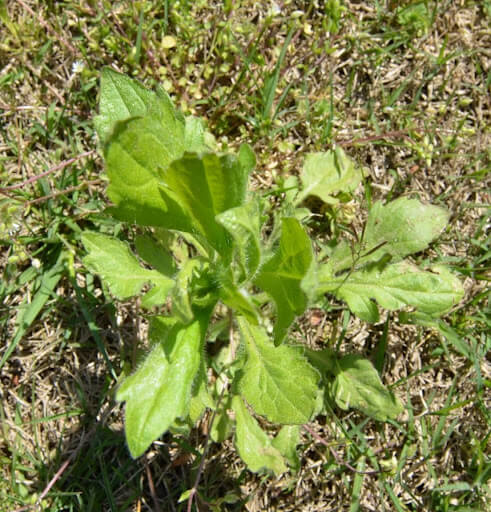
This weed usually germinates around March/April and through the summer, preferring man-made or disturbed sites. It has a straight stem with varying-sized and shaped leaves even on the same plant. The stem will have many translucent fine hairs on it. Interesting fact: Wasps of all types are the dominant pollinators.
American Burn Weed is more noticeable in warm-season turf at this time because:
Outside of earlier-in-the-year preventive measures, the best way to control Burn Weed is to run a mower over it when cutting your lawn.

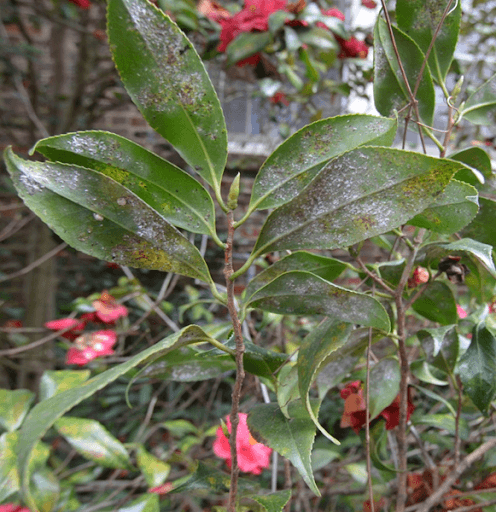
Scale is an insect that’s present year-round, but spring is a good time to start controlling them (as this is when they are in their crawling stage and most vulnerable to contact insecticides. After spring, they produce hard outer coatings and become one of the most difficult insects to control. For help getting started, you can turn to our insect control services.
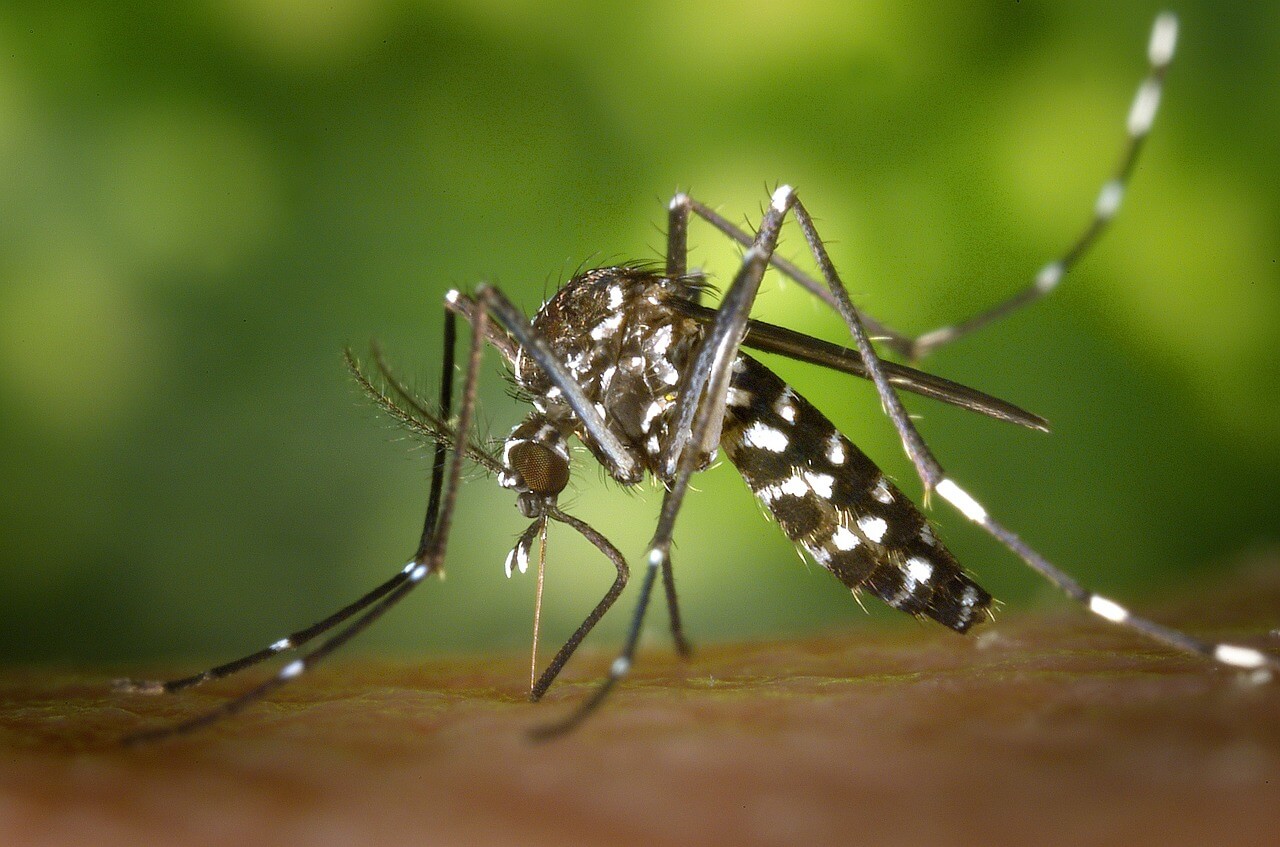
Mosquito prevention is key to maintaining a safe and comfortable outdoor space with less risk of transmittable diseases like West Nile Virus, Encephalitis, Chikungunya and Zika. Fairway Green’s Mosquito program starts in May and can consist of up to eight applications (tailored to your lawn’s needs). Each application will offer control for approximately 25 days. One-time applications are also available and great for special outdoor events.
Let Fairway Green help give you peace of mind. Request a no-obligation price quote and enjoy the comfort of the outdoors at your home!
Reminder: Empty outdoor objects and areas that regularly collect water, such as pet dishes, bird baths, and storm drains. This will aid in reducing mosquito growth and reproduction. For more info and help on reducing mosquitoes, check out our blog.
For cool-season turf, mowing season is officially underway. Proper mowing height will help you control and prevent weeds. For Fescue, research has proven that maintaining a mowing height of 3½ “- 4” can drastically reduce Crabgrass. Mowing at this height will also help promote healthy turf and hold back broadleaf weeds.
Many warm-season turf lawns struggle to thrive due to improper mowing heights. Mowing your type of warm-season turf properly will drastically improve the overall quality and appearance of the lawn.